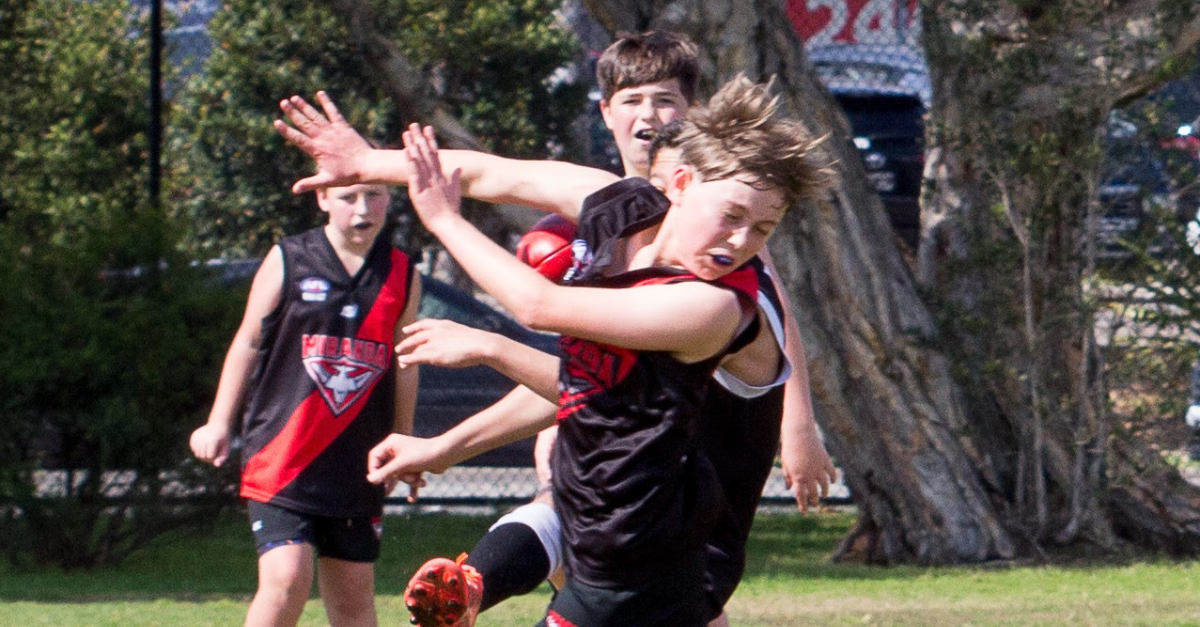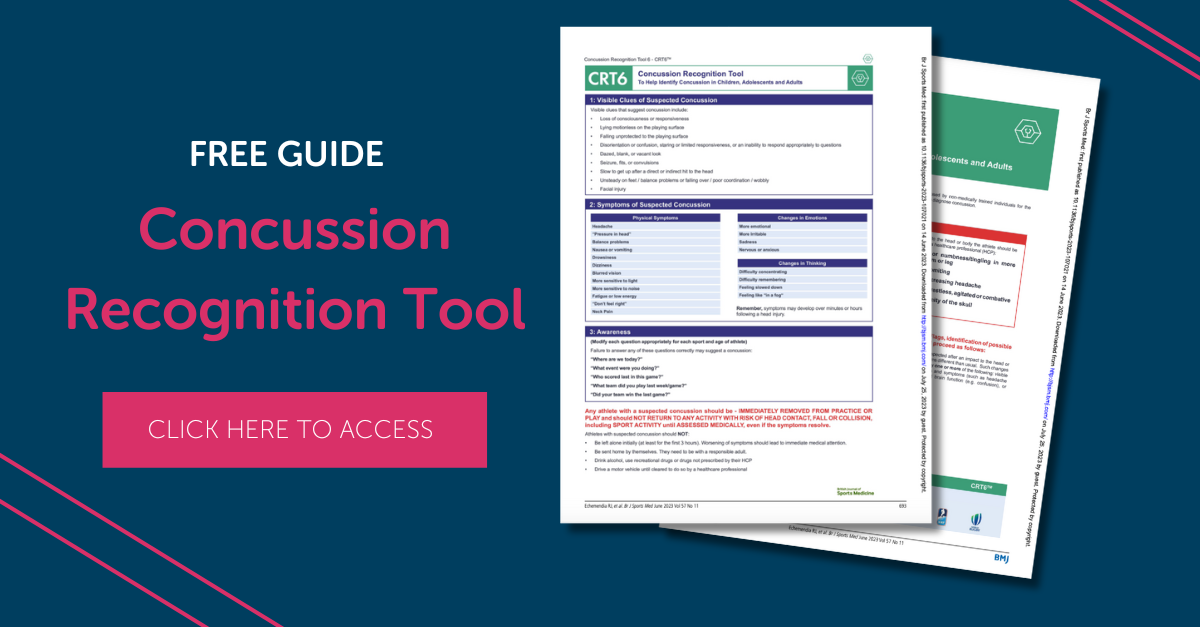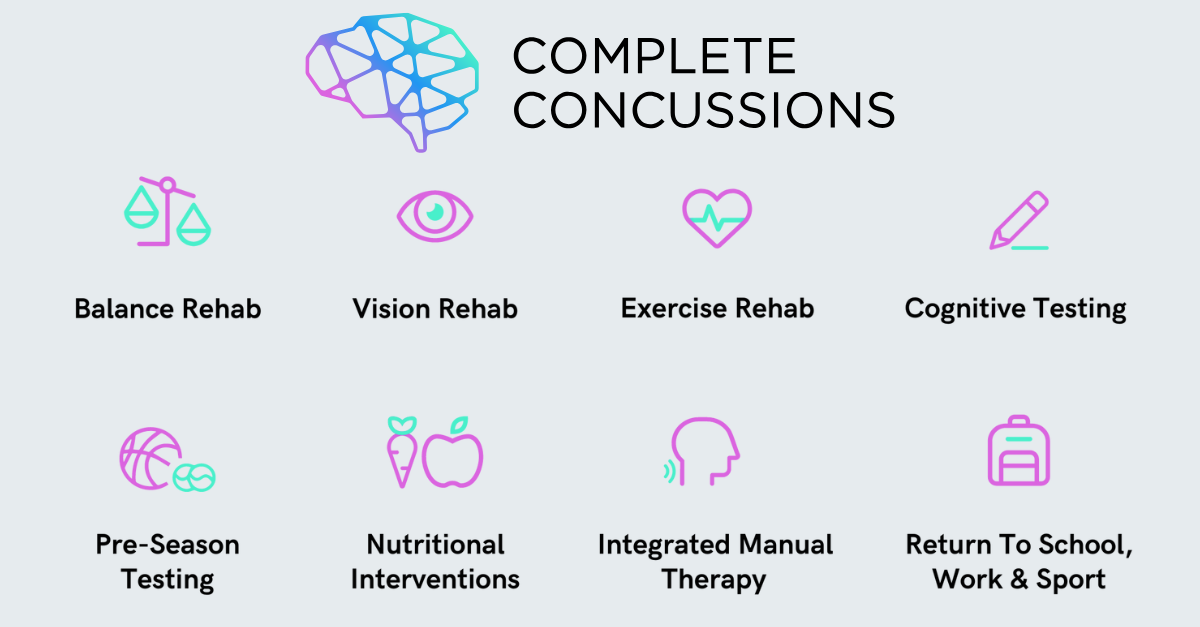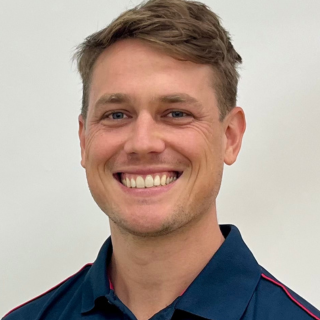Concussion Guidelines for Community Sport
Thursday, February 27, 2025
At Physio Inq Sutherland and Physio Inq Engadine we love to help people gradually return to sport when they’ve been impacted by concussion. In February 2024, the Australian Concussion Guidelines were released and provide information on how to recognise and manage concussion from the time of injury through to a safe return to education, work and playing sport.
The guidelines were developed in a collaboration between the Australian Institute of Sport, Sports Medicine Australia, the Australasian College of Sport and Exercise Physicians, and the Australian Physiotherapy Association. They bring together the most contemporary evidence-based information on concussion for athletes, parents, teachers, coaches and healthcare practitioners.

Who are the Australian Concussion Guidelines for?
The new guidelines are made for the general public, and those involved in youth and community sport, including:
- Parents
- Coaches
- Athletes
- Match officials
- Concussion officers
- Teachers
- Students
It is important for these people to understand the guidelines, as it is unlikely that a healthcare practitioner will be available or nearby at youth and community sport matches. Help is needed to recognise concussion and monitor symptom progression of individuals.
Recognising concussion:
If you consider yourself a non-medical professional and are involved in school or community sports, please use this tool to help recognise concussion.
Useful tip – print the tool and have it on standby in a central location or within a first aid kit.
Concussion should be suspected after an impact to the head or body and the individual seems different than usual.
Subtle signs of concussion include:
- Pale
- Nausea
- Difficulty concentrating
- Headache or ‘pressure in the head’
- Fatigue
- Feeling slowed or ‘not right’
- Sensitivity to light/noise
- Dazed, blank/vacant stare
- Confusion
- Disorientation
- Behaviour or emotional changes
- Memory impairment or not ‘themselves’.
Red flags after an impact include:
- Neck pain
- Increasing confusion/agitation/irritability
- Repeated vomiting
- Seizure or convulsion
- Weakness or tingling/burning in the arms or legs
- Deteriorating conscious state
- Severe or increasing headache
- Unusual behavioural change
- Loss of vision or double vision
- Visible deformity of the skull
- Loss of consciousness.
Be mindful of delayed symptoms! Concussion is an evolving condition. Sometimes concussion is not detected or suspected at the time of injury so it is important to observe the athlete for the next 72 hours after a game for any signs or symptoms.
Click here to access the Free Concussion Recognition Tool

How do you treat obvious concussion?
- Remove from play (safely). Apply principles of first aid and neck protection (if a neck injury is suspected).
- Call an ambulance if you are concerned or if they have any red flags. You may also attend your nearest Emergency Department if you do not initially require an ambulance.
- It is important for the first 24-48 hours to do symptom-limited activity. This means you may need time off from usual daily activities including school, TV and electronic devices.
- See a medical practitioner at the earliest opportunity, ideally within the first 3 days.
- You may still see a CCMI trained physiotherapist within the first 3 days if you cannot see a medical practitioner. They can help make a concussion diagnosis and begin care. You will still require a medical review if you see your physiotherapist first.
What not to do after a concussion?
- Be left alone initially (at least for 3hrs). Worsening symptoms should lead to immediate medical attention
- Drink alcohol, use recreational drugs or drugs not prescribed by their healthcare practitioner
- Be sent home by themselves. They need to be with a responsible adult
- Drive a motor vehicle until cleared to do so by a healthcare practitioner

What do the guidelines recommend for return to sport?
- Return to learn and work activities should take priority over return to sport.
- The athlete should be symptom free for 14 days (at rest) before return to contact/collision training.
- The athlete should not return to competitive contact/collision sport until a minimum of 21 days from the time of concussion.
Remember, “If in doubt, sit them out”, if you suspect a concussion. And, ensure you involve your local GP and physiotherapist in their recovery to begin a graded return to learn, work and sport!
Further Reading
Concussion Management | Baseline Testing in Concussion

